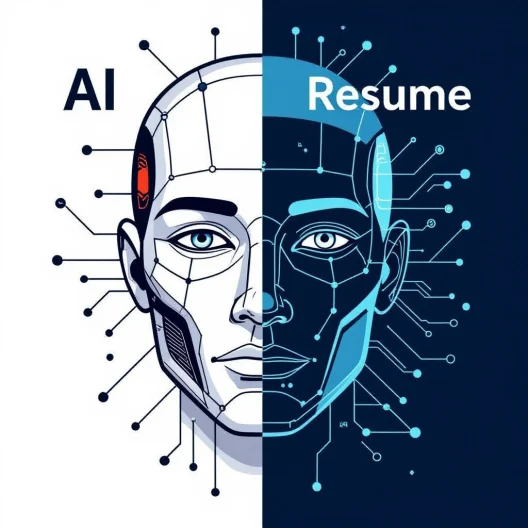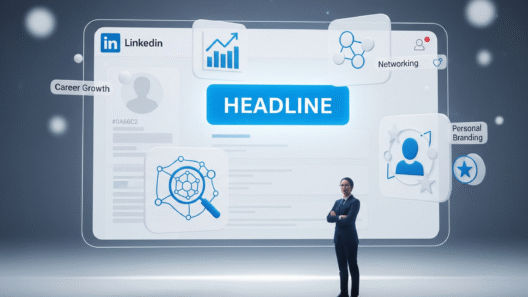Why Should You Even Care?
LinkedIn isn’t just another social network – it’s a search engine. Recruiters don’t sit around scrolling for fun. They type keywords into LinkedIn’s search bar and expect the algorithm to deliver candidates. If your profile doesn’t match what they type, you don’t exist. You might have the skills, the experience, and the ambition—but LinkedIn won’t show you. An optimized profile gives you a chance to appear on their radar. Without it, you’ll keep getting ignored.
How to Game the System (In Your Favor)
Headline That Doesn’t Suck
Most people waste the headline space with their current job title: “Consultant,” “Manager,” “Designer.” That’s lazy and invisible. Your headline is the single most important piece of SEO real estate on your profile. Make it keyword-rich and specific. For example:
B2B Marketing Strategist | Demand Generation | Content + SEO Specialist
Enterprise Account Executive | SaaS Sales | Building Revenue & Relationships
Data Analyst | SQL | Turning Numbers Into Business Insights
Software Engineer | React + Node.js | Building Scalable Web Applications
UX/UI Designer | Human-Centered Design | Creating Seamless Digital Experiences
Graphic Designer | Branding + Visual Storytelling | Helping Businesses Stand Out
HR Leader | Talent Acquisition | Building Diverse, High-Performing Teams
About Section Doesn’t Have to Be Boring
Too many people treat this like a resume objective—vague, lifeless, and empty. The About section is your chance to tell a story. Show what you actually do, the kind of work you’re best at, and what problems you solve. Yes, include keywords, but weave them in naturally. Recruiters should walk away knowing not only what you do, but why it matters. Think: less “responsible for driving strategy” and more “helped SaaS companies grow leads by 200% through content and paid ads.”
Experience Section: No Skill-Neutral BS
This section should scream results. Listing your title and dates does nothing for your visibility. You need achievements, keywords, and numbers. For example:
- Bad: Responsible for social media campaigns.
- Better: Launched TikTok campaigns that grew brand reach 45% in three months.
Use industry terms recruiters actually search for. Don’t drown in buzzwords like “team player” or “self-starter.” Stick to hard skills that matter: SEO, data analysis, sales strategy, product launches.
Finish Your Profile or Just Walk Away
A half-built profile is worse than none at all. If you’re going to be on LinkedIn, you need to fill everything—skills, education, licenses, certifications. Each section is another chance to get keywords indexed. LinkedIn even shows you how “complete” your profile is with that annoying strength meter. Don’t ignore it. Recruiters filter by skills, endorsements, and education. If you leave sections blank, you’re throwing away free visibility.
Play the Engagement Game Too
SEO isn’t just about stuffing your profile with keywords. LinkedIn also rewards activity. If you sit silently, the algorithm hides you. Here’s how to push back:
- Post Articles (real ones). Long-form posts help you show up not just on LinkedIn, but sometimes on Google search. Share something useful—less bragging, more substance. Articles keep your name circulating and signal that you’re active.
- Use Hashtags, but Don’t Be a Clown. Three to five hashtags per post is enough. Use ones tied to your industry: #SEO, #ProductDesign, #DataAnalytics. Flooding your post with #MotivationMonday or #SuccessStory makes you look desperate.
- Comment Like a Human, Not a Robot. Don’t just “like” posts. Add short, useful comments. It puts your name in front of new people, builds credibility, and signals activity to the algorithm. The more you engage, the more you show up.
Join Groups—But Pick Carefully. Most LinkedIn groups are dead zones. Find the few with actual conversations happening. Posting or commenting in groups increases your visibility outside your immediate connections.








